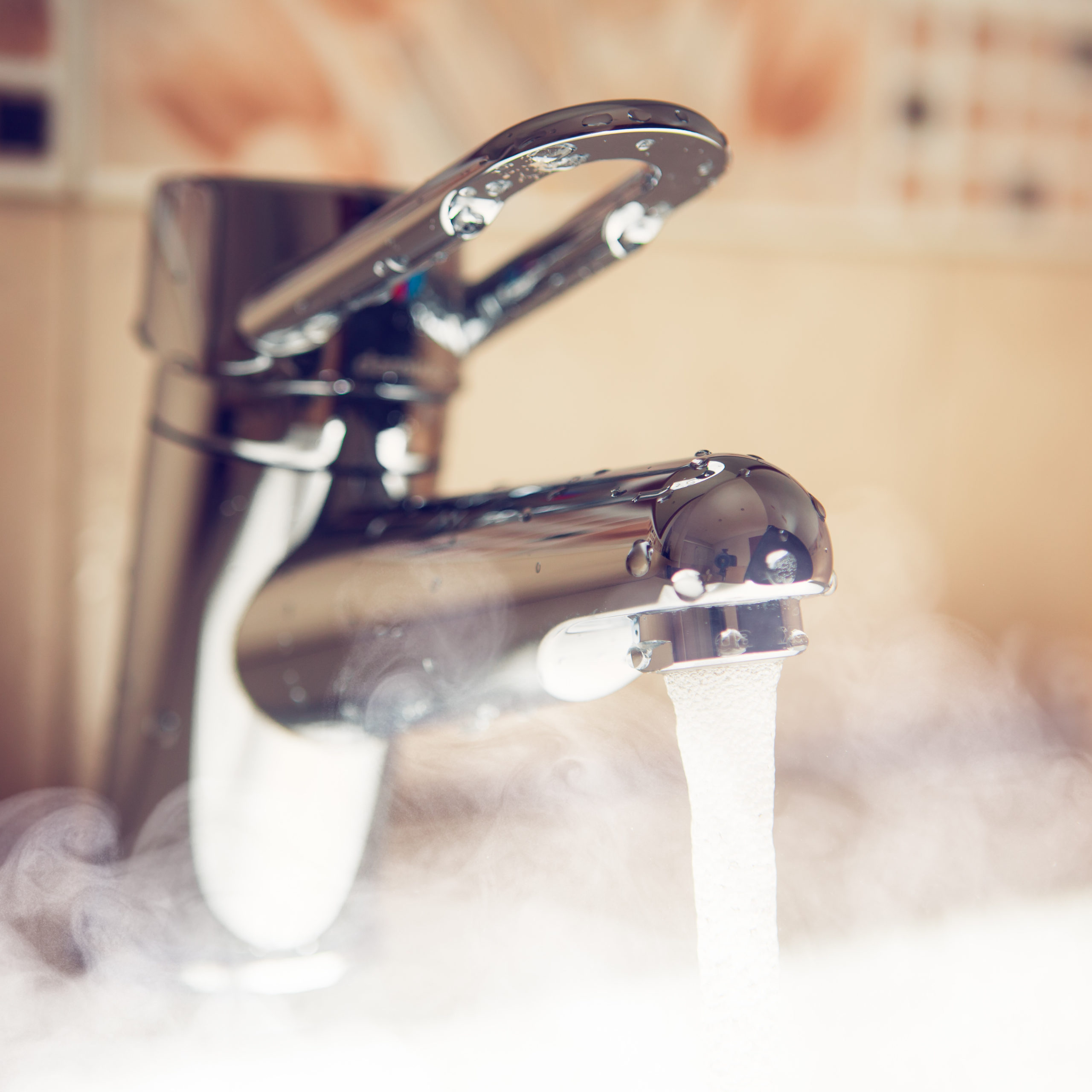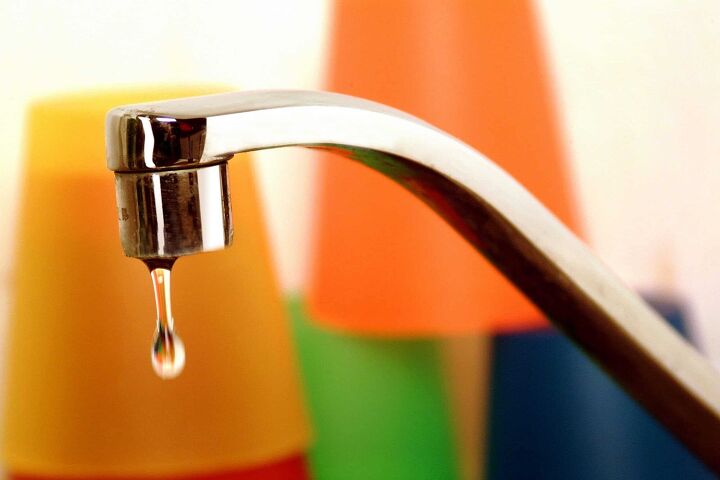Skilled Tips for Fixing a Leaky Tap: Comprehensive Tutorial
Skilled Tips for Fixing a Leaky Tap: Comprehensive Tutorial
Blog Article
Have you been hunting for content about How-To Guide On Fixing A Leaking Tap Or Faucet Step?

Intro
A leaking tap is not just aggravating but can likewise squander a significant amount of water and bring about raised energy costs. In this detailed overview, we'll walk you with the procedure of dealing with a leaky tap, enabling you to save water and cash while maintaining your plumbing system.
Evaluating for Damages
As soon as you've exposed the shutoff setting up, inspect it for any type of signs of damage or wear. Typical culprits of a leaking faucet consist of worn-out washing machines, O-rings, or seals.
Changing Faulty Parts
If you recognize any broken or worn-out elements, meticulously remove them making use of a wrench or pliers and change them with new ones. Make sure to use the correct dimension and kind of substitute parts for your faucet.
Rebuilding the Tap
After changing the damaged elements, thoroughly reassemble the faucet in the reverse order of disassembly. Make sure that all parts are properly straightened and tightened to prevent future leakages.
Gathering Devices and Products
Before you start, gather the necessary devices and materials for the repair service. You'll normally need a flexible wrench, screwdrivers, replacement washers or seals, plumber's tape, and a dustcloth or towel to clean up any kind of spills.
Turning Off Water Supply
Situate the shut-off valve for the affected faucet and turn it clockwise to turn off the supply of water. If you're incapable to find the shut-off shutoff, you may require to shut off the major supply of water to your home.
Dismantling the Tap
Make use of a screwdriver to remove the manage of the tap, subjecting the internal elements. Depending upon the type of tap, you might need to loosen a cap or collar to access the shutoff assembly.
Making Certain Proper Functionality
After verifying that the faucet is leak-free, test its performance by turning it on and off numerous times. Make certain that the faucet runs efficiently and without any unusual audios or resistance.
Cleaning Up
Lastly, tidy up any kind of particles or spills from the repair work procedure and throw away any old or damaged parts properly. Leaving the workspace clean and tidy makes certain a professional surface to your repair.
Checking for Leakages
Once the faucet is rebuilded, transform the supply of water back on and check the faucet for leakages. If you see any type of leakages, double-check the connections and tighten them as needed.
Final thought
Dealing with a dripping tap is a relatively easy DIY job that can conserve you cash on water bills and avoid additional damage to your plumbing system. By following this step-by-step guide, you can deal with the repair service with confidence and delight in the benefits of a leak-free tap.
HOW TO FIX A LEAKY TAP IN 5 EASY STEPS
CUTTING OFF THE WATER SUPPLY TO THE TAP
Before replacing your dripping faucet, you may want to start by shutting off the water supply to the fixture. After all, you can’t exactly work on the tap if it constantly sprays water everywhere.
To do so, look for a knob underneath the sink and turn it clockwise. After this, turn the faucet on to let out any water remaining in the water supply line.
If the water doesn’t shut off even after turning the knobs, you can shut off the entire house’s water supply.
WHAT YOU’LL NEED TO FIX A LEAKY COMPRESSION FAUCET
Flat head screwdriver Toothless Plumbing wrench Towel O-ring Hex wrench Faucet washer 5 STEPS TO FIX A LEAKY COMPRESSION TAP
Rubber washers are used in compression faucets to tighten the valve seat. Think of it as a mechanism similar to a plastic bottle cap.
These faucets often leak when the rubber washer is sufficiently worn down. So, when you turn off a dripping faucet, it never cuts off the water supply entirely. This means that the problem lies with the washer itself, and replacing it would fix the water leakage.
TAKE OFF THE CAP FROM FAUCET HANDLES
First, you will have to remove the cap present on top of each faucet handle to access the inner working parts of the faucet. Lift the decorative cap using a flathead screwdriver, underneath which you will find a screw head.
Place the decorative cap close by and proceed to the next step.
REMOVE THE TAP HANDLES
Next, depending on the screw type, you can use a flathead or a hex screwdriver to loosen the exposed screw head. Doing so will loosen the faucet handles, allowing you to remove the handles entirely.
If the handles don’t loosen, penetrating oil may help you remove them relatively quickly.
REMOVE THE STEM AND ACCESS THE O-RING
Compression faucets usually have the valve stem and the nut that keeps them in place below the handles. You can use an ordinary wrench to remove the stem nut, pulling the stem out and accessing the O-ring.
Note that wrenches can easily damage the stem nut, so use a toothless wrench for the best results.
Once the stem is out, you will find the seat washer and the O-ring. This ring also keeps the faucet from leaking constantly; if it is worn out, you may need to replace it.
REPLACE THE SEAT WASHER
Seat washers are meant to compress when you turn the handles, which shuts off the water flow through the faucet. If your seat washers are worn out or damaged, you must replace them.
The seat washer may be affixed to the faucet by a screw, which you must unscrew before removing the ring. If it is an Allen screw holding the washer, use an Allen wrench to remove it.
Once the screw is out, remove the rubber seats and place a new one.
FAUCET REASSEMBLY AND TESTING
Now that the component responsible for the leaks has been taken care of, you can reassemble the faucet. Follow the disassembly guide detailed above in reverse for this.
Once reassembled, it’s time to test the fixed faucet. Open the shutoff valves under your sink (or the main water supply) and turn the tap on. If water flows through the faucet after letting some air out, consider it a job well done!
REMOVE THE FAUCET HANDLE
Disassembling a washerless faucet is similar to compression faucets. You may remove the handle using the process detailed above.
REMOVE THE INTERNAL COMPONENTS
Depending on the faucet type, you must follow a slightly different way of disassembling the faucet body.
You must remove the small circular piece to find the cartridge using needle-nose pliers for a cartridge-style faucet. This piece is known as a retaining clip, and you must not damage it.
As for a ball-type faucet, use a toothless wrench to remove the cap and collar. After this, remove the cam washer, faucet cam and ball to find the seal and springs underneath.
Lastly, a ceramic disk faucet requires removing the escutcheon cap to access the disk cylinder. Underneath this cylinder is a neoprene seal responsible for controlling the water flow.
EXAMINE THE PARTS AND REPLACE AS NECESSARY
At this point, you may have found the O-ring in a cartridge faucet. Take the cartridge from the tap and cut off the O-ring using a utility knife. After this, you can replace the ring with one coated in the plumber’s grease. If the damage is extensive, consider replacing the entire cartridge.
When dealing with a ball faucet, you can install new springs, cam washers and valve seats to fix the leak. Ensure that the replacement parts are compatible with your faucet type.
Lastly, replace the neoprene seals under the cylinder for ceramic disk-type faucets. Like with ball faucets, you should ensure the new parts are compatible with the tap. Consider replacing the entire cylinder if the damage to it is extensive enough.
REASSEMBLE AND TEST YOUR FAUCET
Now that all the fixes are made, carefully reassemble the faucet and turn the water supply back on. Test the faucet for any signs of leaks or faults; if there are none, you’re done with the task!
https://woolfplumbing.com.au/blog/how-to-fix-a-leaky-tap-in-5-easy-steps

I stumbled upon that page about How to Fix a Leaking Tap Without Getting Professional Help while surfing around the search engines. Sharing is nice. You just don't know, you might be helping someone out. Many thanks for your time invested reading it.
Make An Appointment Report this page